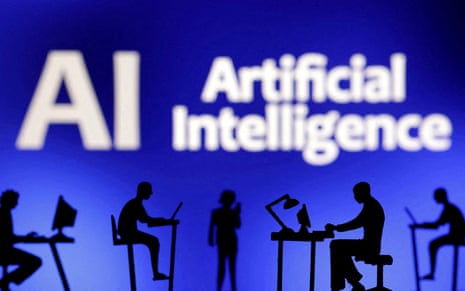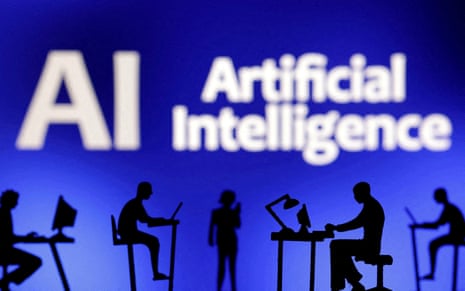Australians’ Distrust of AI: A Call to Embrace Our Inner Luddite
Australians are among the least trusting of AI systems globally, according to research by Melbourne Business School and KPMG. This skepticism isn’t about being anti-technology, but rather about being aware of the power dynamics at play. As we navigate the AI revolution, we must recognize the risks and challenges it poses, particularly for workers.

The luddite movement of the 19th century, often misunderstood as being anti-technology, was actually about resisting the exploitation of workers by factory owners who sought to replace skilled labor with machines. Similarly, today’s concerns about AI are not just about the technology itself, but about its potential to concentrate power and wealth in the hands of a few.
Research has shown that as more people use large language models like ChatGPT and Google Gemini, their concerns about the risks of these technologies actually increase. The risks are twofold: existential risks of sentient AI, and more immediate risks related to the impact on workers and the concentration of power in big tech companies.
Business leaders and the tech industry often claim that AI will bring about a productivity boom, but this narrative can be misleading. Productivity gains are not necessarily shared with workers, and the focus on cost-cutting measures can exacerbate existing inequalities.
To truly benefit from AI, we need to adopt a more nuanced approach that prioritizes the needs and rights of workers. This includes giving workers a seat at the table in decision-making processes around AI development and implementation, and establishing robust regulations to prevent exploitation.
By embracing our inner luddite and demanding a more balanced approach to AI development, we can ensure that this technology delivers on its promise of prosperity for all, rather than just a privileged few.

The key to unlocking AI’s potential lies in creating feedback loops between the makers and users of technology, and in sharing the benefits of productivity gains more widely. By doing so, we can create a future where AI enhances human capabilities, rather than simply replacing them.


